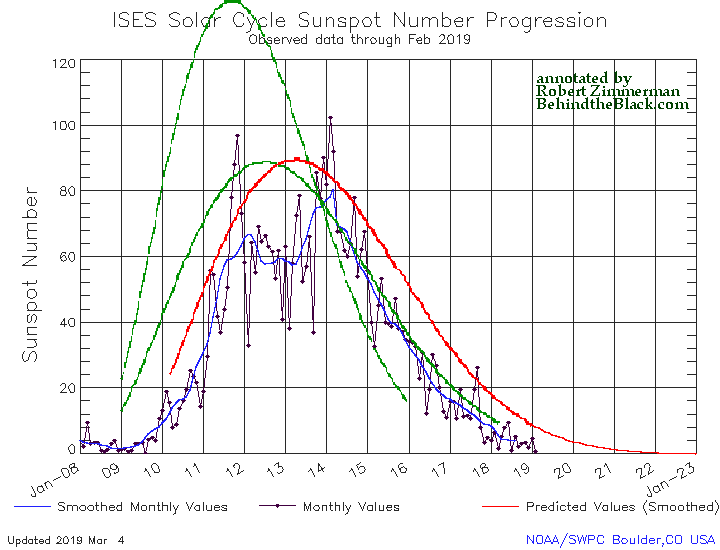Increased isopropyl alcohol detected at ISS following Dragon docking
The Russian press today announced that there was a significant increase in the amount of isopropyl alcohol detected in the atmosphere of ISS following docking and opening of the hatch of SpaceX’s Dragon capsule.
While obviously this needs to be investigated, there are several details the Russian press leaves out. First, what normally happens when a manned capsule or new module arrives and the hatch opens? I suspect we always see a jump in readings for a wide range of atmospheric components. Second, what harm does this increase in ispropyl alcohol have to the station, its experiments, or its occupants? I suspect none, though obviously if it could be avoided that would be better.
Once again, we need to be aware that the Russians motives here might not be entirely pure. They have political and economic reasons to work against a success by SpaceX, and articles such as this reflect that. Issues like this of course need to be checked out and fixed if possible or necessary, but the goal of this article might not be that at all.
The Russian press today announced that there was a significant increase in the amount of isopropyl alcohol detected in the atmosphere of ISS following docking and opening of the hatch of SpaceX’s Dragon capsule.
While obviously this needs to be investigated, there are several details the Russian press leaves out. First, what normally happens when a manned capsule or new module arrives and the hatch opens? I suspect we always see a jump in readings for a wide range of atmospheric components. Second, what harm does this increase in ispropyl alcohol have to the station, its experiments, or its occupants? I suspect none, though obviously if it could be avoided that would be better.
Once again, we need to be aware that the Russians motives here might not be entirely pure. They have political and economic reasons to work against a success by SpaceX, and articles such as this reflect that. Issues like this of course need to be checked out and fixed if possible or necessary, but the goal of this article might not be that at all.

